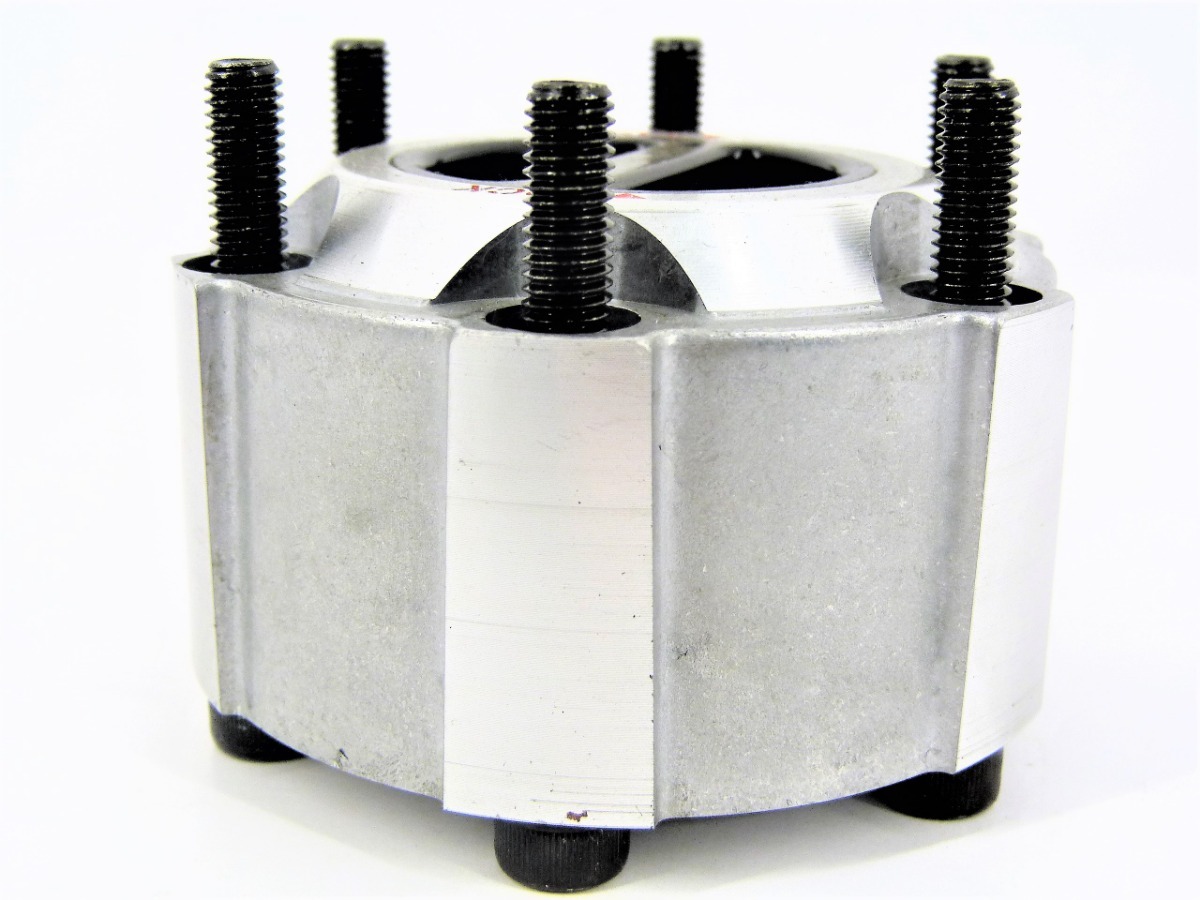
It is hypothesised that either concurrent stimulation of afferent fibres, or antidromic discharge triggered by stimulation lead to enhanced synaptic remodelling, but evidence is still lacking.

NMES could influence cortical plasticity 17, 18. Mechanisms also could involve increased presynaptic inhibition of muscle spindle reflex activity 16.

At the local level, reference has been made to changes in muscular strength, modification of viscoelastic characteristics, and increase of blood flow 14, 15. The specific mechanisms underlying this intervention are complex and unclear, but findings suggest that improvements could be mediated by local and central effects. In addition, it is also a low-cost and safe technique, easy to apply, without significantly increasing demands on stretched therapist’s time, and allows intensive home applications. This treatment has certain characteristics labeled as important components of an effective intervention to promote motor recovery after stroke 8, 13, such as: repetitive movement, intensive practice, proprioceptive and exteroceptive input, visual feedback, and subject’s attention. Based on the use of electrical current to produce repetitive contractions of muscles it helps in restoring or assisting movements that would not otherwise occur because of hemiparesis. Neuromuscular electrical stimulation (NMES) is one of the techniques proposed for upper limb recovery following a stroke 9, 10, 11, 12.

The available research emphasises the need for interdisciplinary and multimodal approaches in the rehabilitation of the paretic hand 8. These impairments will impact functional motor ability and quality of life, and exert a great economic, social and personal toll.
INTELLISTIM BE 28E MANUAL DEXTERITY FULL
Thus, functions such as grasping, holding and manipulating objects are deficient in a high percentage of patients between 3 and 6 months after stroke, and full functional recovery of the hand has only been documented in between 5 and 20% of these subjects 7. Among these deficits, those pertaining to the hand are those which persist the most. Upper extremity hemiparesis is considered to be one of the most frequent conditions underlying stroke-induced disability 5, and between 55 and 75% of cases show significant residual deficits 6. Furthermore, recent data from the American Heart Association indicates that the oldest population have greatest disabilities, receive less evidenced-based care, and are less likely to be discharged to their residences 3.Ī large number of stroke survivors, some 69 to 80%, initially present impairments in the upper limbs 4. Forecasts indicate that the total cost resulting from this illness will triple between 20, with a major part of the projected increase in costs deriving from older adults 3. Non-fatal stroke constitutes one of the major causes of disability in old age 1, 2. Both NMES protocols proved evidence of improvements in measurements related to hand motor recovery in older adults following a stroke, nevertheless, these findings showed that the specific stimulation frequency had different effects depending on the clinical measures under study. Additionally, there were no significant differences between the groups in the Box and Block Test. The 35 Hz NMES intervention showed a significant effect on Barthel Index. NMES groups showed significant changes (p < 0.05) with different effect sizes in range of motion, grip and pinch strength, the Modified Ashworth Scale, and the muscle electrical activity in the extensors of the wrist. They were collected at baseline, after 4 and 8 weeks of treatment, and after a follow-up period. Outcome measures included motor impairment tests and functional assessment.

Sixty nine outpatients were randomly assigned to the control group or the experimental groups (NMES with 50 Hz or 35 Hz).
INTELLISTIM BE 28E MANUAL DEXTERITY TRIAL
A randomised clinical trial was conducted to compare the effects of two NMES protocols with different stimulation frequencies on upper limb motor impairment and function in older adults with spastic hemiparesis after stroke. More solid data are needed regarding the application of neuromuscular electrical stimulation (NMES) in the paretic hand following a stroke.


 0 kommentar(er)
0 kommentar(er)
